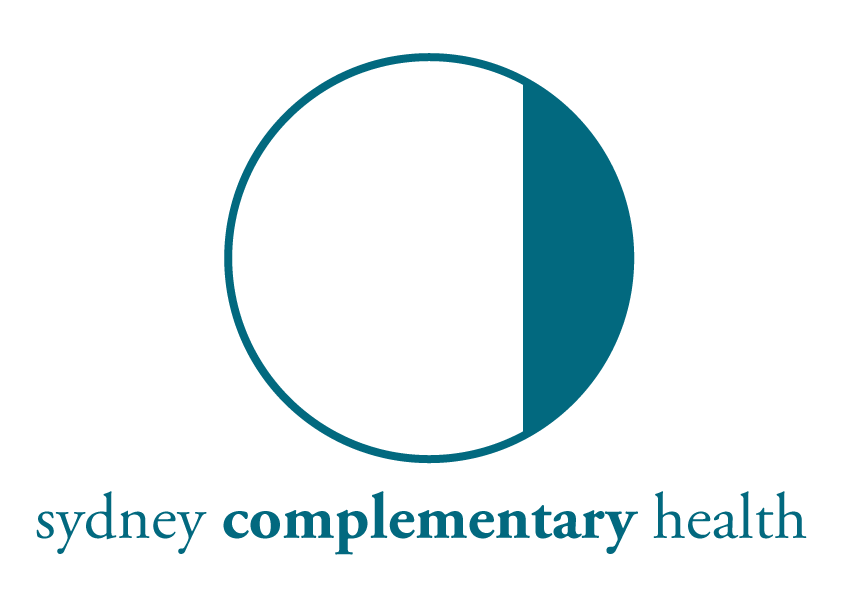Plantar fasciitis is a painful condition of the underside of the foot, sometimes caused by poor footwear or excessive use. It is normally felt most at the heel and tends to be worse first thing in the morning and eases as the day goes on. Many sufferers spend a significant amount of time stretching their feet before first stepping out of bed in the morning.
So what is it? The plantar fascia is a strip of tissue that runs from the forefoot to the heel, attaching at the calcaneous or heel bone. But that isn’t the full story – if you read the work of anatomist Thomas Myers, it forms part of the Superficial Back Line of fascia that then goes on to include the gastrocnemius (in the calf), the hamstrings, erector spinae and fascia of the scalp. It runs all the way from the ball of your foot to your brow via your back. And that is why some people don’t respond to localised treatment. If your podiatrist only looks at the foot fascia, then they may miss some of the problem. It is important to release the entire line of fascia in case the problem has originated from higher up.
Plantar fasciitis (PF) is damage to the fascia that never gets a chance to heal properly as the area is re-strained daily with activity. If left untreated, it can develop into heel spurs as the body lays down bone where the fascia is pulled away from the calcaneous.
So what can be done? While I can certainly massage for this, there is fantastic work in Bowen Therapy for this exact condition. We release the whole line of fascia and also do some simple taping. The aim is to take the strain off the fascia as it heals by holding the foot in an arched shape.
I’ve had a run of people with this condition lately (as tends to happen), most of whom have flat feet. In the event that improvement is not adequate, then orthotics may be required to continue healing on a longer-term basis.
